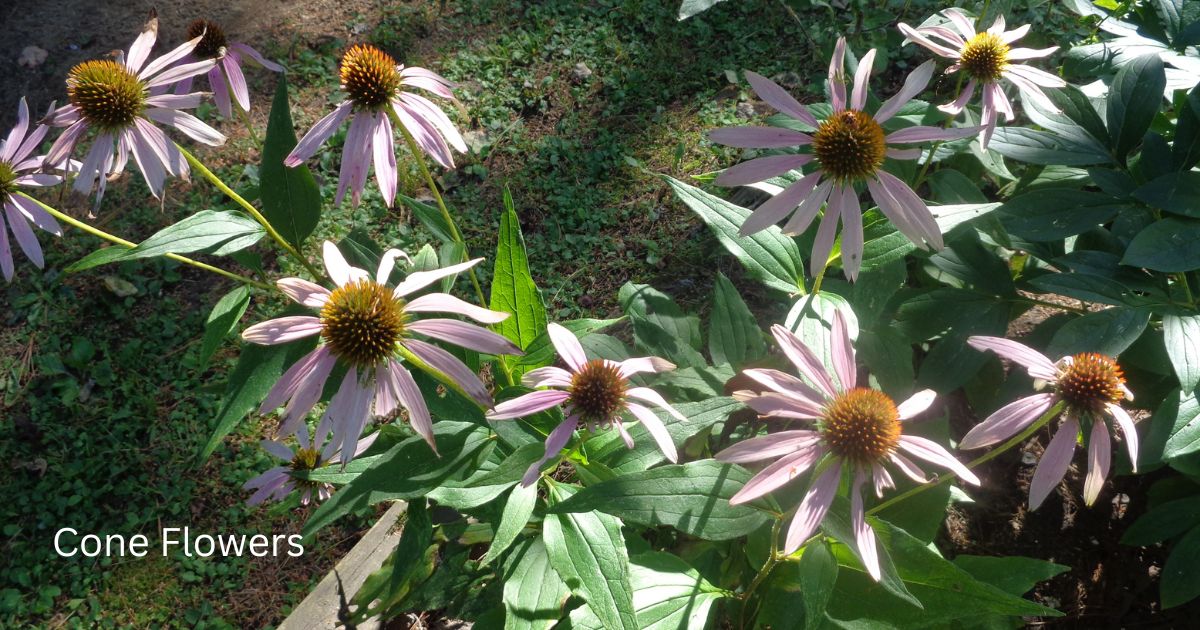Coneflowers, also known as Echinacea, bring a burst of color and vitality to any garden. Their daisy-like shape and striking hues make them a standout. Whether you’re new to gardening or a seasoned pro, coneflowers are sure to impress.
When it comes to colors, coneflowers offer an impressive palette. You’ll find vibrant oranges, deep purples, sunny yellows, and soft pinks. There’s something for every ones choice. The color variety also means you can mix and match to create eye-catching displays.
In terms of size, coneflower blooms typically range from two to four inches in diameter. Their petals surround a spiky, dome-shaped center that gives them their distinctive look. This bold center is not only attractive but also serves as a beacon for pollinators.
Growing coneflowers is relatively straightforward. They thrive in full sun and prefer well-drained soil but are quite adaptable. This makes them perfect for various garden styles, whether you have a tidy flower bed or a more naturalistic setup.
Gardeners love coneflowers for more than just their beauty. These flowers are hardy, drought-tolerant, and low-maintenance. They come back year after year with minimal fuss, making them a reliable choice for anyone looking to add consistent color to their garden. Plus, they’re not just pretty faces; they play a crucial role in supporting local wildlife, which we’ll get into more in the next sections.
Growing Coneflowers: Essential Tips for Optimal Health
Getting the sunlight right for your coneflowers is key. These blooms love the sun and do best with at least six hours of direct sunlight daily. Pick a sunny spot in your garden to plant them, and you’ll see them thrive.
Watering coneflowers is where things get flexible. These plants are quite drought-tolerant once established. In the beginning, keep the soil moist but not waterlogged. Once they settle in, you can ease up, watering them only during prolonged dry spells.
Soil quality makes a big difference. Coneflowers prefer well-draining soil, so add compost or sand if your garden soil is too heavy or clay-like. A little preparation goes a long way in ensuring robust growth.
Avoid common planting mistakes by keeping an eye on spacing. Give each plant enough room to breathe, typically about one to three feet apart. Crowded conditions can lead to poor air circulation and increase the risk of disease.
Seasonal care keeps your coneflowers looking their best. Deadhead spent blooms to encourage more flowers and cut back stems in late fall to prepare for winter. Mulch around the base in colder areas to protect roots from freezing.

Benefits of Coneflowers: Beyond Their Beauty
Coneflowers are magnets for birds and bees. Their vibrant colors and abundant nectar attract a variety of pollinators, from butterflies to honeybees. This makes them an excellent choice if you’re looking to support local wildlife.
For humans, coneflowers offer medicinal benefits. Known for their immune-boosting properties, Echinacea is often used in teas, tinctures, and supplements. Growing your own means you have easy access to fresh, organic ingredients for home remedies.
Environmentally, coneflowers are a smart pick. They don’t require a lot of water or fertilizer, making them eco-friendly. They also help improve soil health with their deep root systems, which prevent erosion and improve soil structure.
Harvesting and using coneflowers for homemade remedies is simple. The petals and roots can be dried and used in various forms. A soothing tea made from coneflower petals is a popular way to enjoy their health benefits.
Lastly, many gardeners find personal inspiration in growing coneflowers. Their resilience and beauty serve as a reminder that with the right conditions and a little care, something stunning can flourish.
